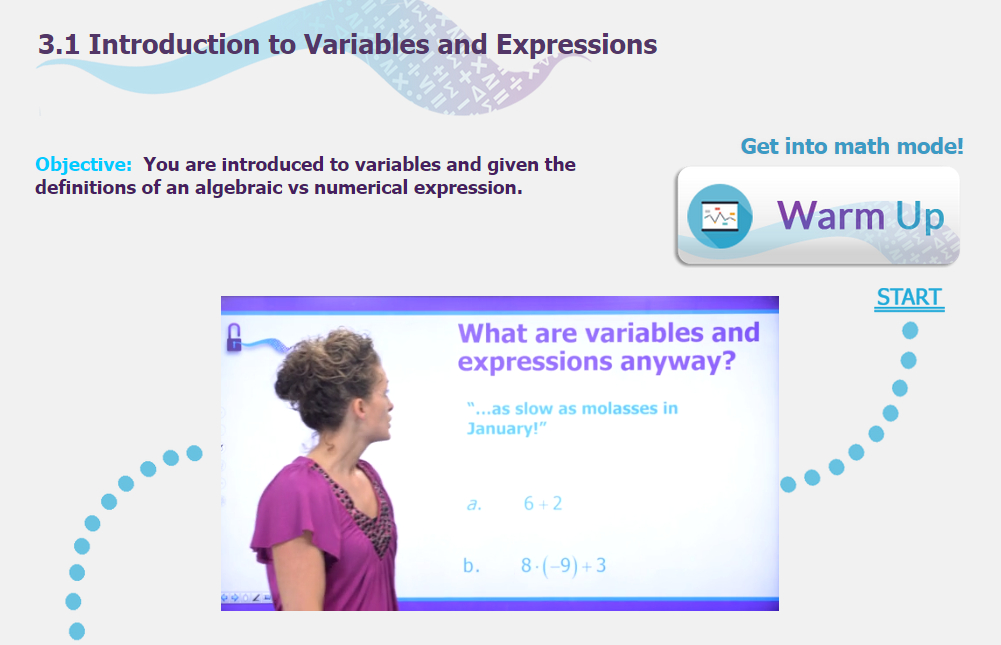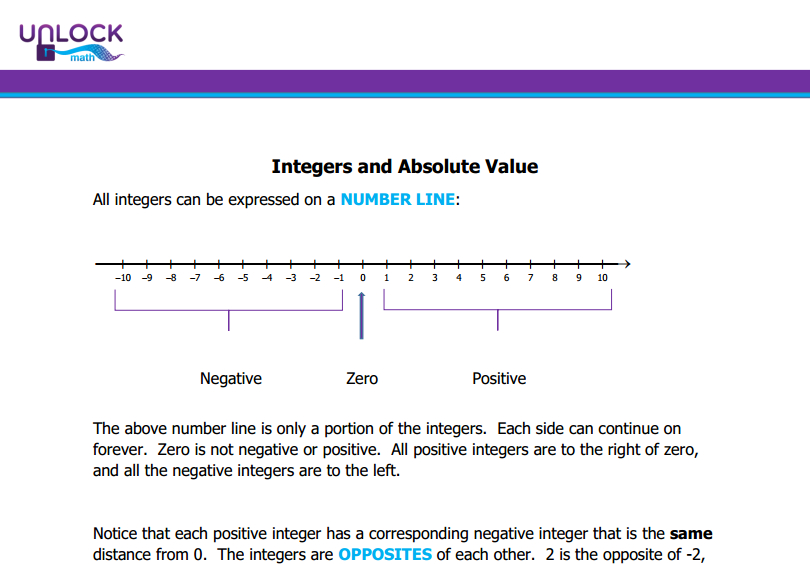Simple Homeschool Math Strategies for Struggling Students

Math-challenged students can develop skills and build confidence with these simple homeschool math strategies.
As a homeschool mom of a struggling math student, I’ve met my share of critics. Some, like the local school district, remind me each year that my child is not meeting their standards. Others are less direct, but the unspoken criticism is still there.
Some suggest that if we would only spend more time drilling math facts, those elusive answers would finally “stick.” Others seem to assume that more time, more worksheets, or more discipline would solve the problem.
But the fact is that every student is an individual with his or her own unique learning style, strengths, and weaknesses. What worked for one child may never work for another.
Meeting students where they are can make a huge difference in their success. Try a few of these simple strategies to help your math-challenged child develop math skills and build confidence.
💡TIP: Use these multiplication coloring worksheets to make fact practice fun!
This post is sponsored by Unlock Math. I was compensated for my time writing this post. See my Disclosure Policy for more information.
Homeschool Math Strategies for Struggling Students
1. Provide accommodations.
On the surface, providing accommodations may seem to be taking the easy way out, but in reality it is simply allowing students to learn in an alternative way. The standard is not lowered, but the means of reaching that standard is changed.
It’s a lot like choosing a route to get to your destination: Some people take the direct route over a main highway, while others travel the scenic country roads that wind around the hillside. Two different paths, but they both lead to the same destination.
So what are some practical accommodations that may help your child reach the goal?
- Addition charts or multiplication charts can be a great tool for those who cannot readily master math facts. Fact recall may develop over time. (I personally was unable to recall multiplication facts until I reached seventh grade or so.)
- A calculator is a practical way to allow the student to focus on math concepts rather than fact recall.
- Mnemonics, or “trigger phrases,” use the first letter of each word in a silly phrase to cue memory. One common example is, “Please excuse my dear Aunt Sally,” which reminds students of the correct order of algebraic operations.
- Clue cards can be used to record formulas or steps of math processes (such as long division).
- Graph paper is very helpful in keeping number columns straight and avoiding confusion and unnecessary errors. Another convenient option is to use regular notebook paper turned sideways so that the lines form columns for the numbers.
- Step-by-step models, or sample problems, can help avoid frustration during multi-step math processes. When one of my children was struggling to learn long division, we kept a sample problem labeled with each step on the white board for many months.
- Shorter assignments may seem counter-intuitive, but a struggling student often benefits from avoiding mental overload. If more practice is absolutely necessary, it may help to break up the assignment into several chunks spaced throughout the day.
- Supervised practice prevents the child from reinforcing wrong methods and provides immediate feedback on any errors. In addition, one-on-one coaching on the practice problems can boost confidence and improve the student’s performance at the same time.

2. Consider tutoring.
Sometimes a student and a teacher approach math from totally different viewpoints. A homeschool parent may struggle to convey information in a way that makes sense to the child. It’s that whole learning style thing again.
If it seems that a new voice could make a significant difference for the struggling math student, there are several options to consider.
- Peer tutoring offers the benefit of learning from someone who has recently learned the same material and remembers the specific challenges involved. In a homeschool setting, this could be a sibling or even a friend from the local co-op or support group.
- Professional tutoring has the advantage of learning from a trained professional who has experience in teaching the topic. An adult tutor may also be more successful in motivating a discouraged student.
3. Use interactive learning methods.
Interactive learning encourages engagement by requiring interaction from the student. Rather than just being a passive listener, the student must actively respond and participate in the learning experience.
Consider these interactive learning methods:
- Computer games are comfortably familiar for most kids and teens these days, potentially making them a less stressful learning option than more traditional methods. Happily, the very nature of computer games requires user interaction and encourages skill mastery (new level, anyone?).
- Virtual classes and curricula can provide an excellent interactive environment for students who are struggling with traditional homeschool methods. Because virtual learning typically includes video, audio, and text components, it appeals to a wide range of learning styles.
Interactive Homeschool Math from UnLock Math
UnLock Math offers an excellent interactive math curriculum with several features that benefit a struggling math student.
1. Provides interactive learning – Students learn with high-quality and entertaining video instruction in a safe virtual learning environment. This can make a big difference for students who are frustrated by using textbooks.

2. Avoids mental overload – Students will only see one question at a time. This helps to focus their attention and prevent them from being overwhelmed with a whole page of problems at one time.
3. Allows flexibility – Students can practice as much or as little as needed to reinforce concepts covered in the videos. Sometimes less is actually more for a struggling student, but if more practice is needed, UnLock Math has you covered.
4. Includes reference notes – Printable lesson summaries can be used as reference (like those clue cards I mentioned earlier) while working problems.

Advanced assessment and grading features
- Students will encounter a variety of different question types that truly assess what they have learned and retained in ways that multiple choice simply can’t.
- Parents can avoid the hassle of grading homework and tests with UnLock Math’s automated grading process.
Connect and Learn More About UnLock Math
Find more help for homeschool math in The Massive Guide to Homeschooling Math!



